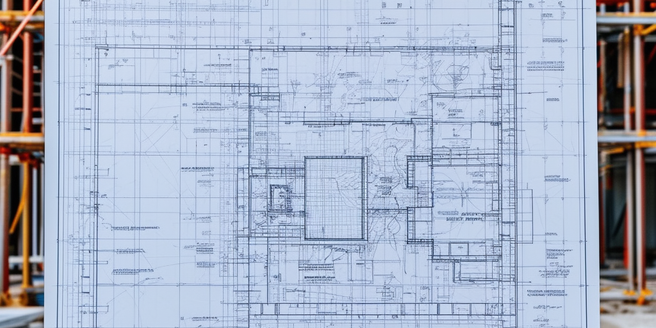
Understanding the Basics of Class Actions in the Construction Industry
In essence, a class action is a legal procedure that allows many people who have similar grievances with a party to sue them as a group. The concept of class action was born out of the need for fairness and efficacy in the judiciary process. In the context of the construction industry, class actions could arise from a range of issues like defective materials to unfair labor practices. For instance, if a batch of construction materials were found to be substandard and caused widespread damage, affected parties could form a class action. The class action provides a way for many small claimants to bundle their claims together and proceed as a group, improving their leverage and cost-efficiency.
Exploring Common Causes for Class Actions in Construction
In the complex field of construction, class actions are instituted for reasons ranging from usage of substandard materials to blatant violation of labor laws that protect workers’ rights and safety. Instances of such breaches often lead to serious complications that culminate in a class action lawsuit involving not just individuals but entire communities. Common causes include construction defects, such as design, material, and construction deficiencies, which compromise the safety and lifespan of buildings, sparking legal battles.
Additionally, class actions in construction are not always due to technical issues. They emerge from financial disputes like disagreements over contracts, wage non-payment, or property ownership squabbles, and also due to non-compliance with safety standards, including unsafe working conditions and breaches of building codes. These reasons are a snapshot of the diverse causes for class action suits in this industry
Effects of Class Actions on the Construction Industry
Class actions can have profound impacts on the construction industry. These lawsuits, typically brought by a large group of people who have suffered similar harm, can have significant consequences. First, they affect profitability due to the high costs of legal fees and potential damages. This financial strain can detrimentally clash with the firm’s budgeting and financial planning. Furthermore, these legal battles can distract management from focusing on core business objectives, thus hampering their overall functioning. Second, they can negatively impact the reputation of a firm, causing loss of potential projects. Moreover, class actions also trigger a review of practices and policies in the industry, with a focus on preventing such issues in the future. Thus, they indirectly contribute to the improvement of industry standards.
Steps to Mitigate the Risk of Class Actions in Construction Business
To mitigate the risk of class actions, businesses need to ensure that they comply with all laws and regulations. This includes staying up to date with the ever-evolving legal landscape in their respective industries. Also helpful is the cultivation of strong professional relationships, as they can provide valuable insights into changing regulations and help to alert the business to potential regulatory pitfalls before they become a problem. Regular audits and reviews of company practices can prevent violations that lead to lawsuits. Furthermore, maintaining a high standard of customer service will not only foster good relationships with clients, but can also decrease dispute occurrences. In addition, firms should invest in quality material and skilled labor to minimize the chance of construction defects. Proper documentation and communication with stakeholders can also preempt many common disputes. Lastly, businesses should have the proper insurance coverage.
Case-Studies and Lessons Learned from Class Actions in the Construction Industry
Case studies from various jurisdictions highlight the severe repercussions a class action lawsuit can have on construction firms, especially in instances where negligence in adhering to industry standards and government regulations is found. A notable case involved a construction company whose expansive use of subpar concrete in several projects led to a time-consuming, resource-draining class-action lawsuit. The lawsuit resulted in substantial financial losses for the company, straining its financial resources and causing a ripple effect throughout the organization, significantly impacting its profitability. Furthermore, the lawsuit tarnished the company’s reputation, deterring potential partners and clients. This case emphasizes the importance for construction companies to rigorously adhere to quality standards and regulations to avoid legal complications, while also boosting reputation and reliability in the industry.
